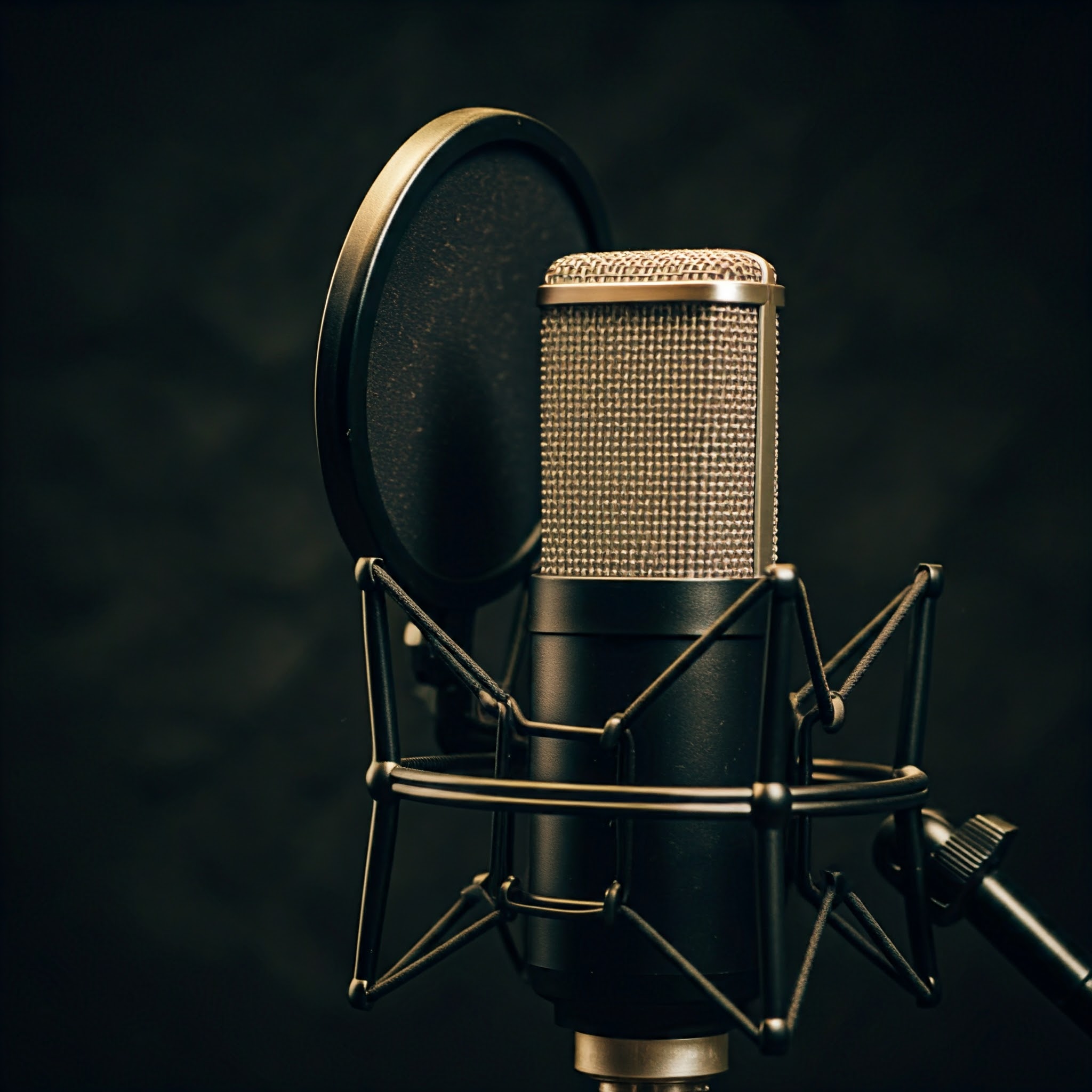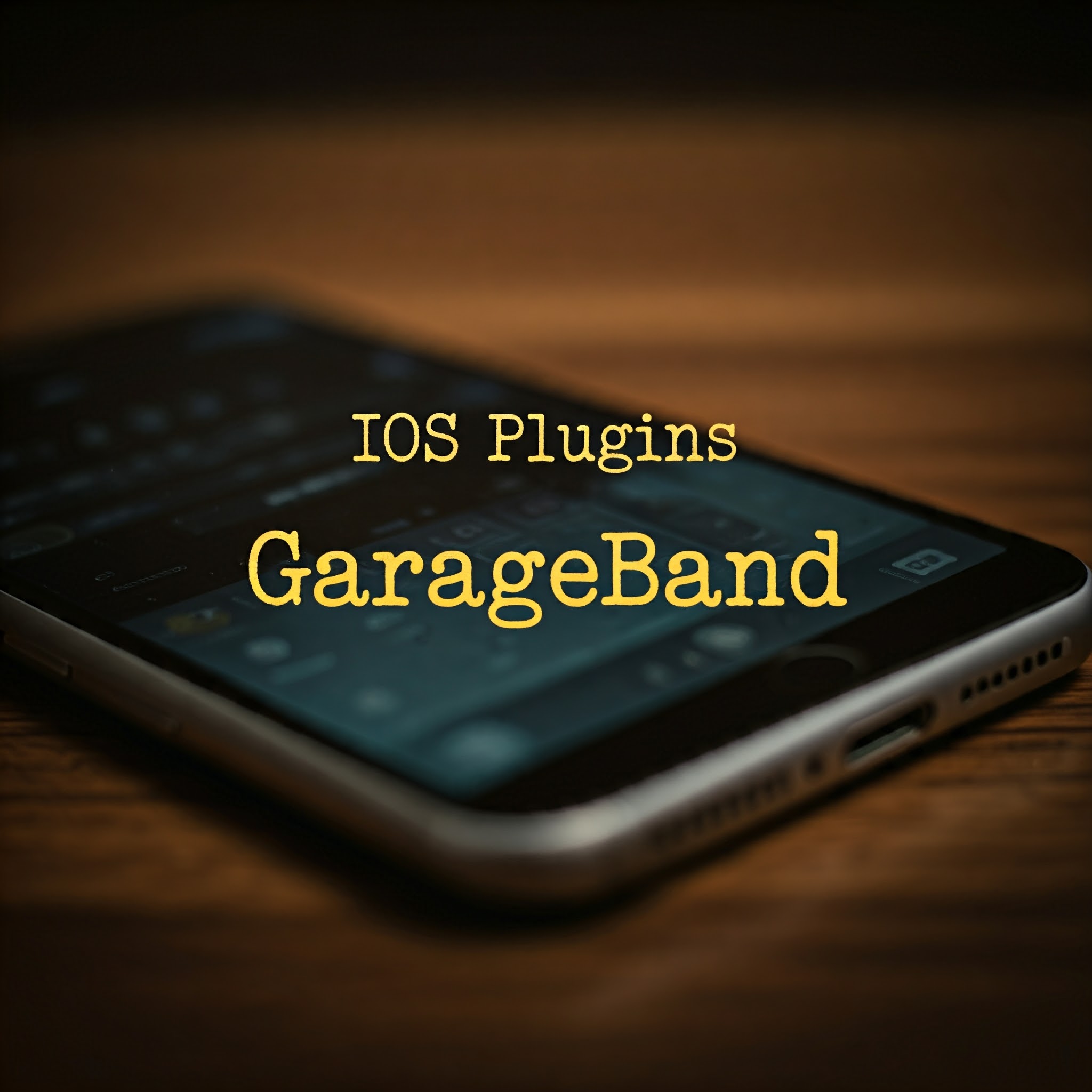
If you’re involved in recording music, podcasts, or voiceovers, you’ve likely come across two key pieces of equipment: the pop filter and different types of microphones, especially live microphones versus condenser microphones. Both of these tools play important roles in capturing clean, high-quality audio, but they are often misunderstood or underutilized by beginners. In this article, we’ll break down the importance of a pop filter and explain the differences between live mics and condenser mics to help you make informed choices for your recording setup.
What is a Pop Filter and Why Should You Use One?
A pop filter is a simple tool that attaches to your microphone stand and is positioned between your mouth and the microphone. It typically consists of a mesh screen or disc, which serves to diffuse and soften sounds produced by plosive consonants, like “P”, “B”, and “T” sounds. These sounds create bursts of air that can result in unwanted distortion or “popping” noises in your recordings.
The Benefits of Using a Pop Filter
- Reduces Plosives: As mentioned, pop filters are particularly useful in preventing plosives — those sudden, hard bursts of air that happen when you say words with a “P” or “B” sound. Without a pop filter, these bursts can cause distortion and harsh, unpleasant noises in your recordings.
- Improves Clarity and Quality: A pop filter helps maintain clarity in vocal recordings. By smoothing out the audio, it allows for cleaner takes that can be processed more easily in post-production.
- Protects the Microphone: Besides the audio benefits, pop filters can also protect the microphone from saliva or moisture, particularly in heavy vocal sessions. This can prolong the life of your microphone.
- Consistent Sound: If you’re moving around while recording, a pop filter ensures that your vocal recordings remain consistent in tone and quality, regardless of slight changes in proximity to the mic.
Should You Always Use a Pop Filter?
While pop filters are useful, they’re not always strictly necessary in every recording situation. Here’s when you should definitely consider using one:
- Vocal Recordings: If you’re recording vocals, especially for music or voiceovers, a pop filter is a must. The plosives are much more prominent in human voices.
- Close-Mic Techniques: If you’re using close-miking, where the mic is positioned close to the source (such as when recording vocals or acoustic instruments), a pop filter helps reduce proximity effects and plosives.
- Live Recordings: For live events or performances where sound is more dynamic, you might not need a pop filter, especially if you’re using live microphones (more on this below).
However, in some situations — such as when recording instruments like electric guitar or drums — you won’t experience plosives, and a pop filter isn’t necessary. Ultimately, whether you use a pop filter depends on the kind of audio you’re capturing and your microphone setup.
Live Microphones vs. Condenser Microphones for Recording
The type of microphone you choose for recording plays a huge role in the overall sound of your recordings. The two main categories we’ll focus on here are live microphones (typically dynamic mics) and condenser microphones (which are commonly used in studio recording). Let’s dive into the differences between these two types of microphones.
Live Microphones (Dynamic Mics)
Dynamic microphones are typically used in live performance settings, such as on stage during concerts or for public speaking engagements. They are built to handle high-pressure sound levels and are more durable than condenser mics.
Key Features of Dynamic Microphones:
- Durability: Dynamic mics are robust and less sensitive than condenser mics, making them ideal for live performances where there is a lot of movement or where mics are exposed to harsh conditions.
- Less Sensitivity: Dynamic mics are less sensitive than condenser mics, which can be an advantage in live environments where you don’t want to pick up every background noise. This makes them great for isolating the sound source (e.g., vocals or an instrument).
- Handling High Sound Pressure Levels (SPL): They are good at handling high sound pressure levels, meaning they can be used for loud sound sources like amplifiers or drums without distortion.
- Cost-Effective: Generally, dynamic microphones are more affordable than condenser microphones.
Best Uses for Dynamic Mics:
- Live Sound Reinforcement: Dynamic microphones are typically used for live performances and public speaking, where durability and simplicity are essential.
- Close-Mic Situations: They excel in live environments where close-miking is common (such as a singer holding the mic or a guitarist with an amp).
- Broadcasting: Certain dynamic mics, like the Shure SM7B, are highly popular in broadcast environments (including podcasts) because they reject background noise well.
While dynamic mics are perfect for live shows and practical for general sound reinforcement, they are not the best choice for capturing detailed, nuanced sounds in a controlled studio environment.
Condenser Microphones (Studio Mics)
Condenser microphones, on the other hand, are more commonly used in studio recording. They are more sensitive and accurate, capturing a broader range of frequencies and subtleties, making them ideal for vocal recordings, instrumental recording, and podcasting.
Key Features of Condenser Microphones:
- High Sensitivity: Condenser mics are highly sensitive, making them great for picking up the full spectrum of sound — from the tiniest nuances to the loudest crescendos. This sensitivity is ideal for detailed recording in a controlled studio setting.
- Wide Frequency Response: They have a wide frequency response, which means they can capture more of the warmth and depth of vocals and instruments. This makes them a top choice for vocal recording, acoustic instruments, and orchestral music.
- Requires Power: Condenser microphones require phantom power (provided by an audio interface or mixer), as they rely on a charged diaphragm to capture sound.
- More Fragile: Due to their delicate nature, condenser mics are more sensitive to environmental factors like temperature, humidity, and handling. They are not as durable as dynamic mics, which is why they’re primarily used in controlled studio environments.
Best Uses for Condenser Mics:
- Studio Recording: For artists, voice actors, and musicians who need to capture the subtleties of vocals, instruments, and performances in a controlled environment, condenser mics are the go-to option.
- Podcasting and Voiceover: Condenser mics are often favored in podcasting and voiceover work due to their clarity and ability to pick up the full range of a human voice.
- Acoustic Instruments: If you’re recording instruments like acoustic guitar, piano, or strings, a condenser mic will capture the full richness and detail of the sound.
Live Mics vs. Condenser Mics: The Key Differences
| Feature | Live Microphones (Dynamic) | Condenser Microphones (Studio) |
|---|---|---|
| Durability | More durable and resistant to physical stress | More fragile, less durable |
| Sensitivity | Less sensitive, focuses on louder sounds and rejects background noise | Highly sensitive, captures subtle nuances and ambient sounds |
| Sound Quality | Good for live sound reinforcement and basic recordings | Excellent for high-quality, detailed studio recordings |
| Power Requirement | No power required (works without phantom power) | Requires phantom power to function |
| Price Range | Generally more affordable | Can be more expensive due to higher sensitivity and build quality |
| Best Use | Live performances, broadcasting, amplifiers, drums | Studio recording, vocals, acoustic instruments, podcasts |
Should You Use a Pop Filter with Your Microphone?
In short: yes, you should consider using a pop filter, especially if you’re recording vocals with a condenser microphone. Since condenser mics are highly sensitive and capture a broad range of frequencies, they are more likely to pick up plosives and distortion. Using a pop filter ensures a cleaner, smoother sound, especially for close-mic vocal recordings.
If you’re using a dynamic microphone for live shows or loud sound sources, you likely won’t need a pop filter. Dynamic mics’ lower sensitivity and better rejection of background noise make them less susceptible to plosives in the first place. However, if you’re recording in a studio or doing a quieter vocal performance, a pop filter can still help improve the quality of your sound.
Conclusion
The choice between using a pop filter and selecting the right microphone (dynamic vs. condenser) depends largely on your recording environment and goals. Pop filters are invaluable for preventing plosives and ensuring clear vocal recordings, especially when using a sensitive condenser mic in a controlled studio setup. On the other hand, dynamic microphones are fantastic for live performances and situations where you want a durable, less sensitive mic that can handle high-pressure sound levels.
By understanding the strengths of each microphone type and incorporating the right tools like pop filters, you can ensure your recordings sound polished, professional, and free of unwanted distortion.





